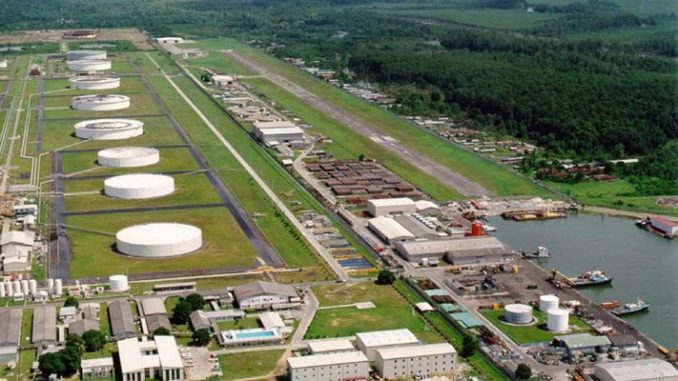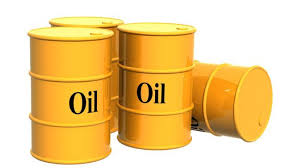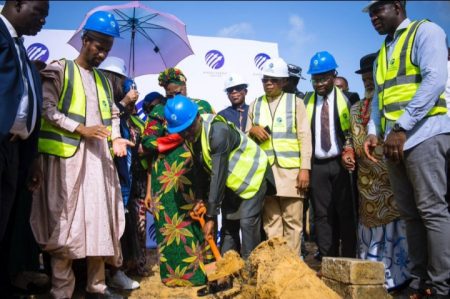
OpeOluwani Akintayo
Lagos — Nigeria’s crude oil production has witnessed a consistent downward trend for the past eight months.
Data from the Organization of the Petroleum Exporting Countries, OPEC’s, newly released market report for September shows reduced outputs country, from 1.7mb/d recorded last December, to 1.2mb/d in August.
Aside from OPEC cuts that allows the country a ceiling of 1.5mb/d for August, SweetcrudeReports learnt that output had fallen sharply in the past few weeks due to an oil spill near the key Forcados export terminal.
According to OPEC data, Nigeria had produced 1.7mb/d in December, 1.4mb/d in January 2020, 1.3mb/d as at Q4 2020, 1.4mb/d in Q1 of 2021, 1.3mb/d in Q2, and then 1.2mb/d in August.
A report by S&P Global Platts reported last Wednesday, said the country’s production slid to 1.24 million barrels per day last month as a result of lingering disruptions.
With a production ceiling of 1.5mb/d from OPEC for August, and an actual output of 1.2mb/d below the quota, Nigeria’s loss of 85tb/d between July and August, leaves the country with a significant revenue loss.
International Brent had risen to an all high of $77 per barrel in August, having slid back to $73/b as at 2:43PM Nigerian time on Monday.
Nigeria has been facing many operational and technical problems in the past few months. Key crudes such as Bonny Light, Escravos, Forcados and Qua Iboe have all faced production issues in 2021.
The country has the capacity to produce around 2.2 million to 2.3 million bpd of crude and condensate.
Data from the Department of Petroleum Resources, DPR says the country’s crude and condensate output in August fell by 6.7 percent month on month to an average of 1.53 million bpd.
August crude production fell to 1.24 million bpd from 1.32 million bpd in July while condensate output fell to 291,300 bpd from 316,237 bpd, DPR data showed.
The decline was mainly attributed to the issues at Forcados, which slumped to 95,694 bpd in August from 218,196 bpd in July.
Shell Petroleum Development Company had declared force majeure on crude loadings of key export grade Forcados on August 13 due to ‘the curtailment of production and suspension of export operations as a result of some oil noticed on the water around the loading buoy’.
Platts quoted sources as saying the terminal was still not fully ready for operations due to the oil spill.
It said shipping sources disclosed that the Suezmax George S. was loading a one-million-barrel cargo at the terminal on August 11 and a few days later, a spill was noticed.
The George S. was stationed outside the terminal as of September 8, according to Platts cFlow, trade-flow analytics software.
S&P Global Platts Analytics expects Nigerian crude supply to remain below its OPEC production quotas in coming months due to the disruptions, with a downside risk to 2022 forecast if operational setbacks continue.
“With Nigerian crude supply capped below 1.5 million bpd since May, averaging 100,000 bpd below OPEC+ quota, risks are clear to our forecast supply growth from 1.4 million bpd in August to over 1.7 million bpd by year-end,” Platts Analytics said in a recent note.
The Analytics also said growing threats by militants to renew attacks on oil infrastructure in the restive Niger Delta also poses a huge concern for Nigeria.



